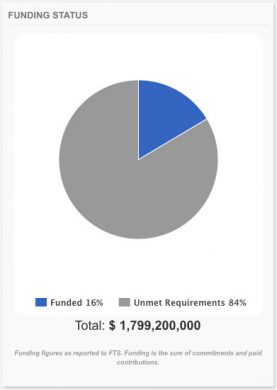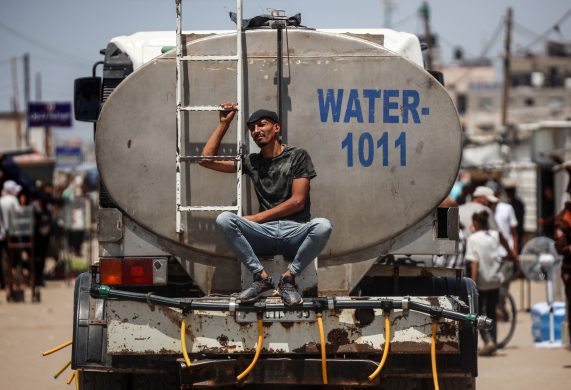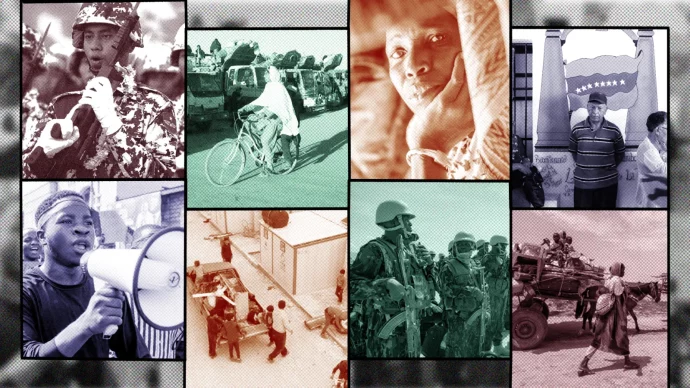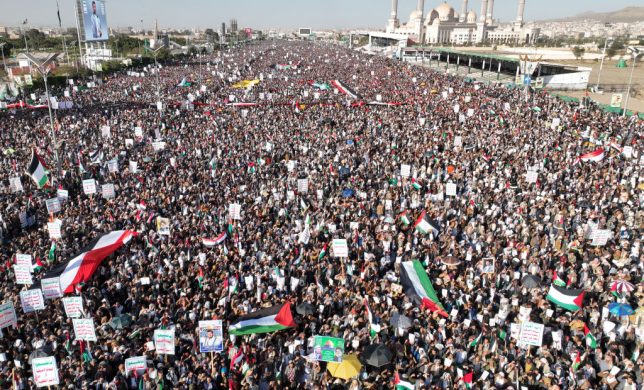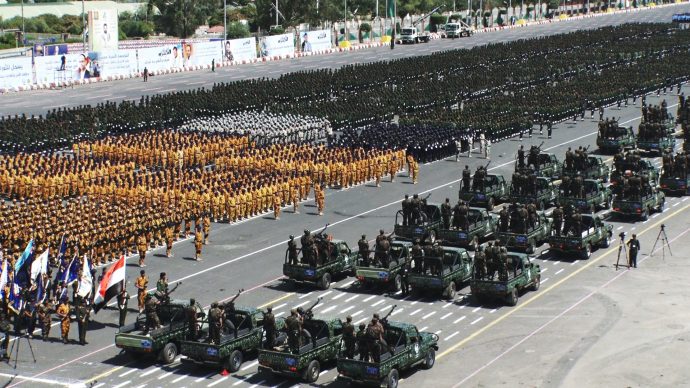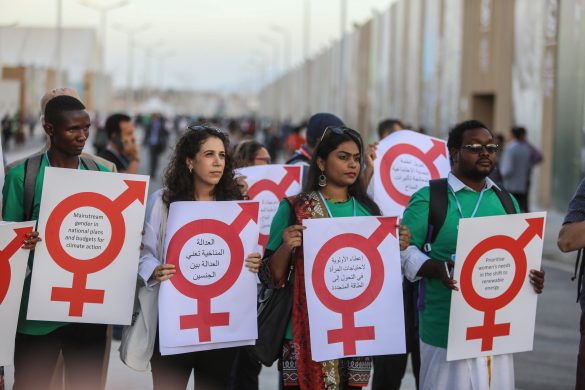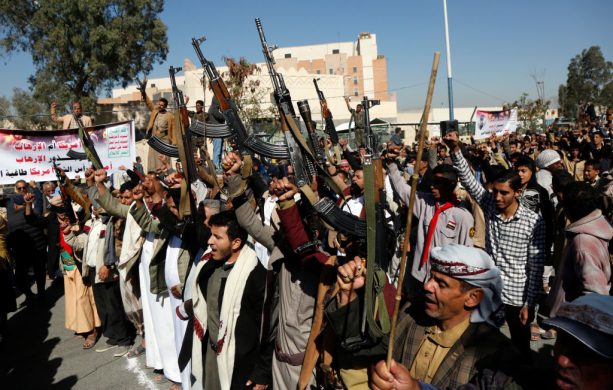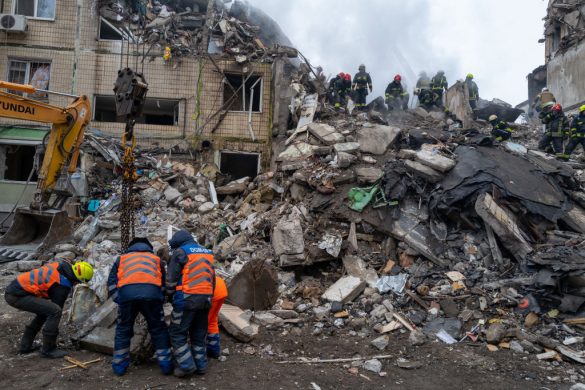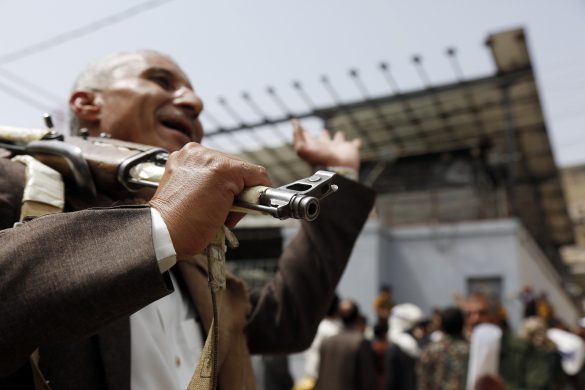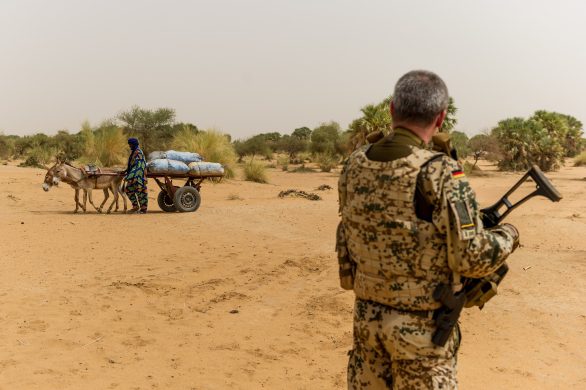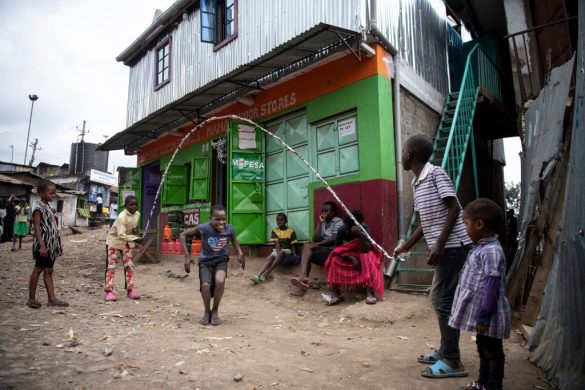NEW YORK, 17 May, 2016 (UN-OCHA): After a three-day joint visit to Yemen by OCHA, WHO and WFP, John Ging, Director of Operations in the Office for the Coordination of Humanitarian Affairs (OCHA), today drew urgent attention to the desperate humanitarian situation in Yemen, which continues to deteriorate more than a year after the conflict escalated.
Since mid-March 2015, the conflict has prompted a widening protection crisis, exacerbating an already dire humanitarian situation brought on by years of poverty, poor governance and instability, leaving more than 13 million Yemenis in need of immediate, life-saving humanitarian assistance (landet har godt 24 millioner indbyggere, red).
Folk dør på grund af mangel på basal medicin
“Millions of people in Yemen are in increasingly dire need of assistance,” warned Mr. Ging, pointing out that food and nutrition, insecurity and access to healthcare are among the most critical areas of need.
“People are dying of preventable illnesses because of the limited availability of even the most basic medical supplies.”
Over 7.6 million people are severely food insecure, and 2.5 million people have been displaced by violent conflict since January 2014.
“The continued conflict, months of limited imports of essential supplies, and rapidly deteriorating basic services are deepening humanitarian needs,” Mr. Ging told media in New York.
Last year the humanitarian community delivered vital assistance to 8.8 million women, children and men across the country despite severe restrictions on humanitarian movement and on-going conflict, making all humanitarian support, including the transportation of goods, difficult and often dangerous.
During the visit, Mr. Ging, with the Emergency Director of WHO, Rick Brennan, and the Deputy Emergency Director of WFP, Gian Carlo Cirri, visited a food distribution site in Amran, a small city in western central Yemen where a high number of internally displaced people are living in very difficult conditions as a result of the crisis.
“Seeing the plight of the Yemeni people first hand reinforces the need for national and international humanitarian actors to scale up their response to protect and support the population,” he said.
En af de mest akutte kriser
Commending national and international humanitarian organizations for their exhaustive and brave work under the leadership of the Humanitarian Coordinator, Jamie McGoldrick, John Ging noted that, “Yemen is one of the most acute humanitarian crises in the world, and the courageous and impressive work of the humanitarian staff is truly inspiring.”
Mr. Ging made a crucial appeal to the parties of the conflict to prioritize the protection of civilians and civilian needs, and to swiftly enable unhindered humanitarian access so that humanitarian actors have sustained, unhindered and safe access to all people in need, particularly in the governorates of Taizz, Hajjah, Sa’ada, Aden and Al Jawf.
“The people of Yemen must be at the centre of this response, and our collective duty is to protect them and provide them with food, health, shelter and other vital support,” said Mr. Ging.
To the donor community, Mr. Ging appealed for an urgent increase in attention and support for the Yemen Humanitarian Response Plan, which requires US$1.8 billion (11,9 milliarder kroner, red) to reach over 13 million people this year, but remains shockingly underfunded at only 16 per cent.

